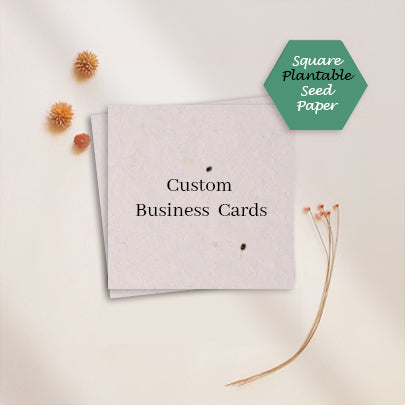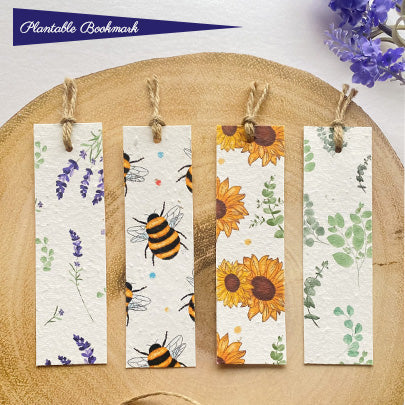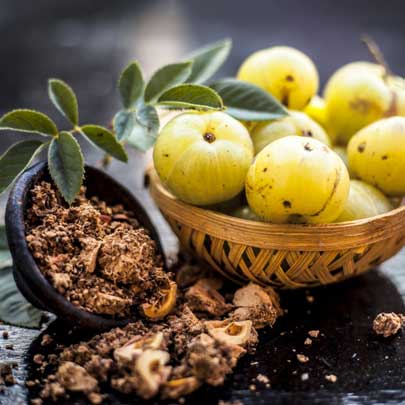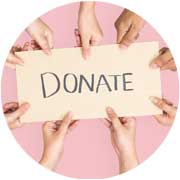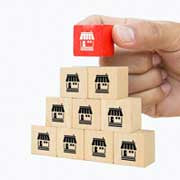From Card To Garden: Planting Seeds With Seed Paper Business Cards
Planting seeds with Seed Paper Business Cards offers a unique and sustainable way to connect with customers while promoting eco-friendly practices. These innovative business cards are made from recycled paper embedded with seeds, which recipients can plant to grow flowers, herbs or vegetables. Here's a detailed explanation of how planting seeds with seed paper business cards works and its benefits:
1. Creation Process:
- Seed paper business cards are made from a mixture of recycled paper pulp and seeds. The pulp is often mixed with water and spread out in thin layers.
- During the production process, seeds are added to the paper pulp mixture. Common seeds used include wildflowers, herbs like basil or thyme or vegetables like lettuce or carrots.
- The seeded paper is then pressed and dried, resulting in sheets of paper embedded with seeds.

2. Design and Printing:
- Seed paper business cards can be designed and printed like traditional business cards. Design options range from simple and elegant to colorful and creative, depending on the brand's preferences.
- Businesses can customize the design with their logo, contact information and branding elements, ensuring that the cards reflect their identity and message.

3. Recipient Experience:
- When recipients receive a seed paper business card, they are often intrigued by its unique texture and appearance.
- Upon learning about the card's eco-friendly nature and planting potential, recipients are encouraged to engage with it further.

4. Planting Instructions:
- Seed paper business cards typically come with planting instructions printed on the back or included as a separate insert.
- The instructions guide recipients on how to plant the paper, including steps such as tearing the card into small pieces, soaking them in water and planting them in soil.
5. Growing Process:
- Once planted, the seeds embedded in the paper begin to germinate and grow.
- With proper care and maintenance, recipients can enjoy watching their seeded paper transform into lush greenery or colorful blooms.
6. Environmental Benefits:
- One of the primary benefits of planting seeds with seed paper business cards is its positive impact on the environment.
- By using recycled materials and encouraging the growth of plants, these cards help reduce waste, conserve resources and promote biodiversity.

7. Symbolism and Meaning:
- Planting seeds with seed paper business cards carries symbolic significance, representing new beginnings, growth and sustainability.
- Recipients may associate the act of planting the seeds with the values and principles of the business, fostering a deeper connection and sense of goodwill.
8. Brand Engagement:
- For businesses, planting seeds with seed paper business cards offers an opportunity to engage customers in a meaningful and memorable way.
- The act of planting and nurturing the seeds creates a positive association with the brand, fostering loyalty and advocacy among customers.
9. Measuring Impact:
- Businesses can measure the impact of their seed paper business cards by tracking metrics such as customer engagement, brand sentiment and environmental outcomes.
- Monitoring the growth of planted seeds and gathering feedback from recipients can provide valuable insights into the effectiveness of the cards as a marketing tool.

10. Continued Relationship:
- The connection between businesses and customers doesn't end with the exchange of seed paper business cards. Instead, it marks the beginning of a continued relationship built on shared values and mutual respect for the environment.
Planting seeds with seed paper business cards is more than just a marketing gimmick; it's a meaningful way for businesses to demonstrate their commitment to sustainability while forging authentic connections with their audience. By embracing this eco-friendly practice, businesses can not only leave a lasting impression but also contribute to a greener and healthier planet.















